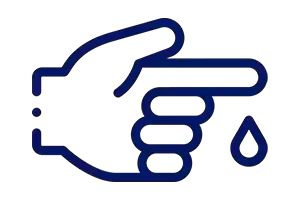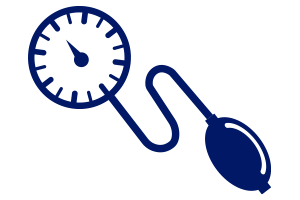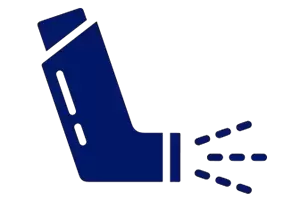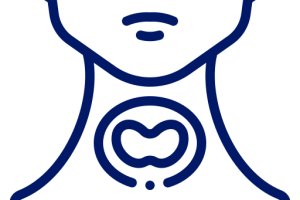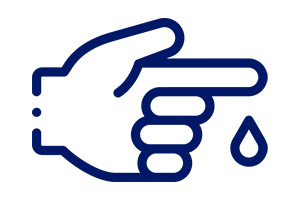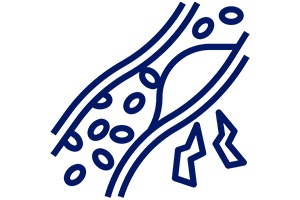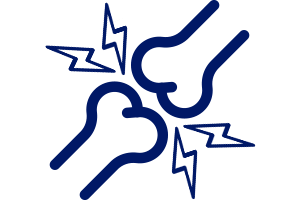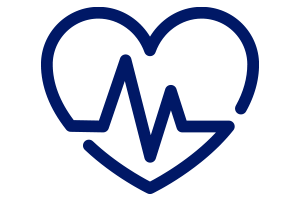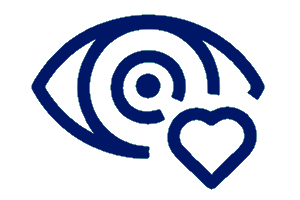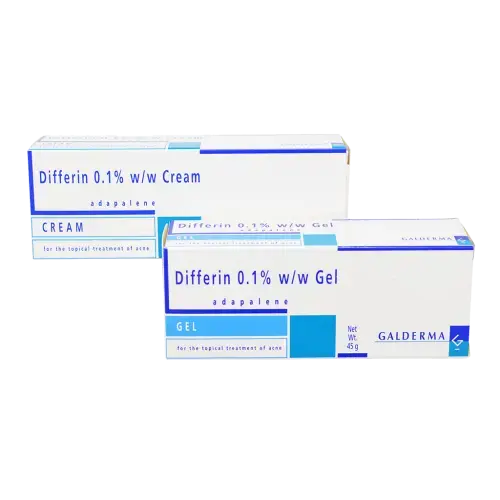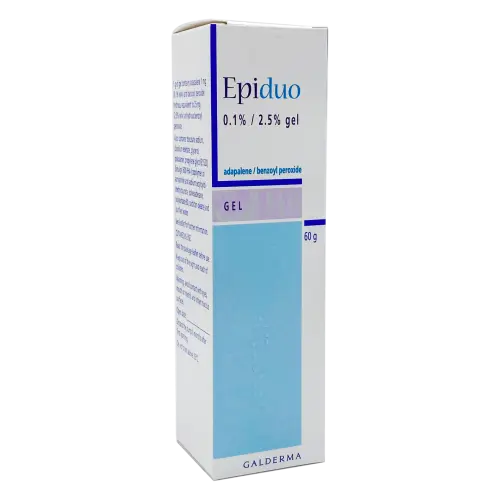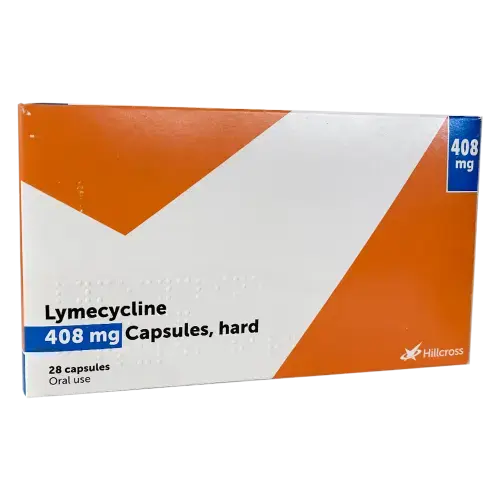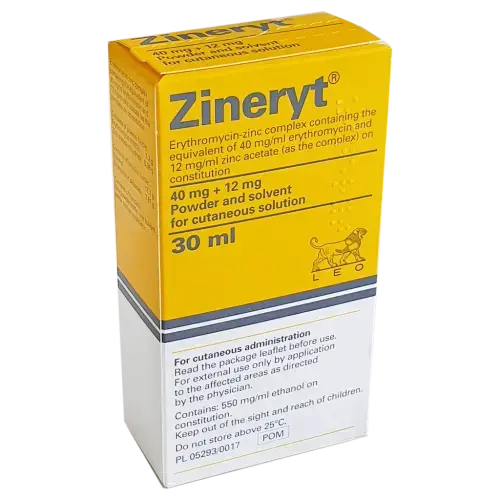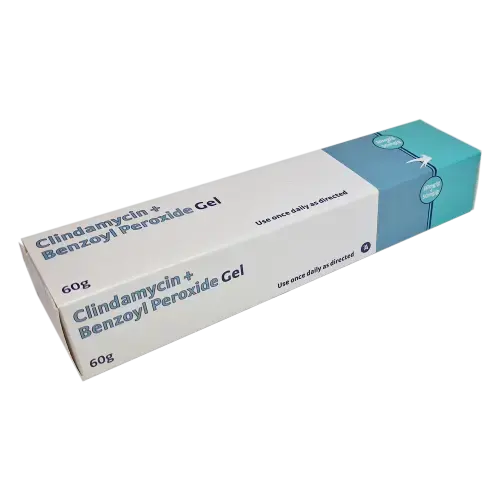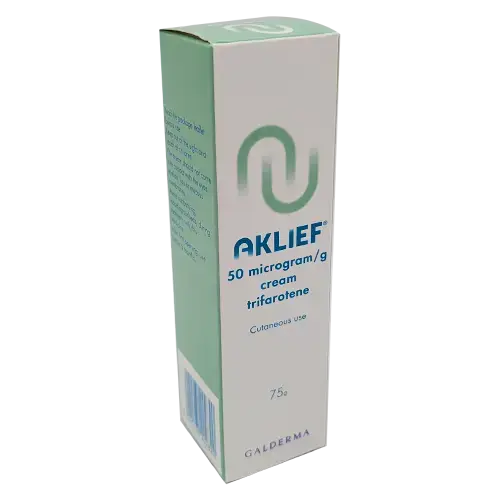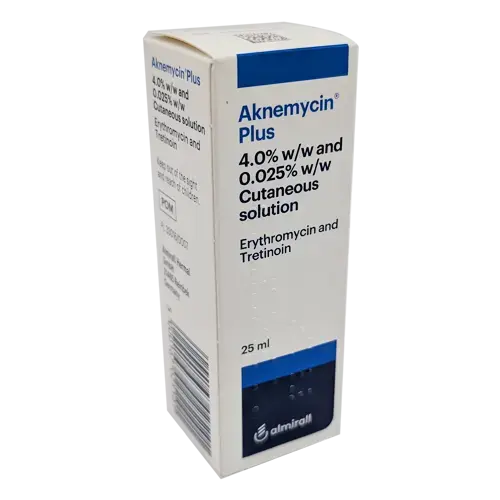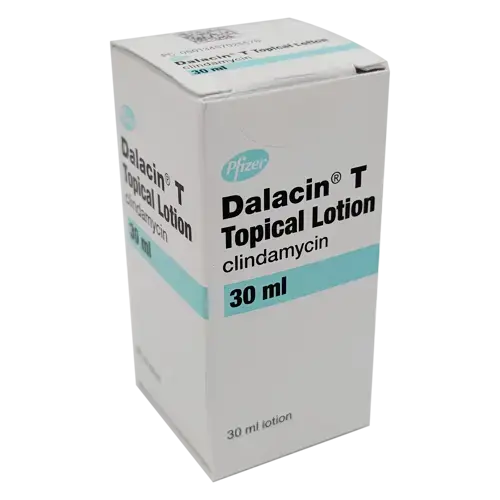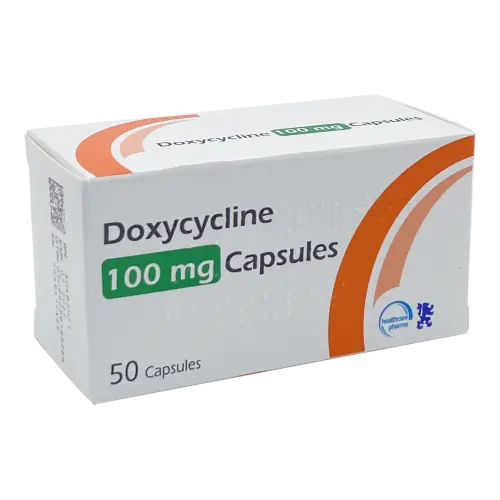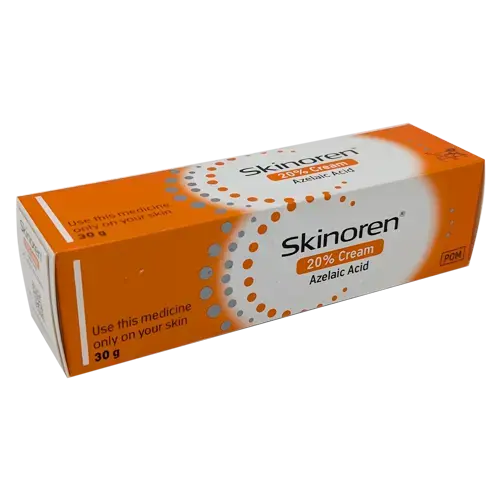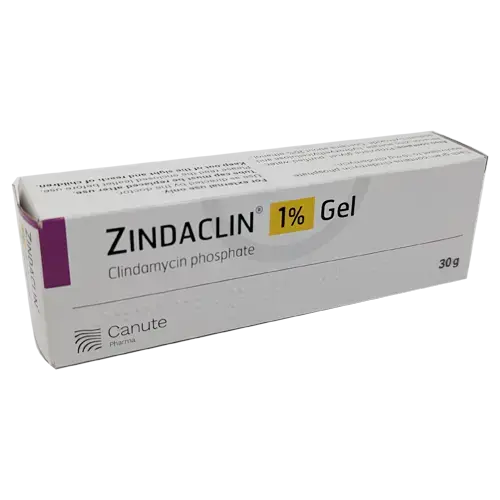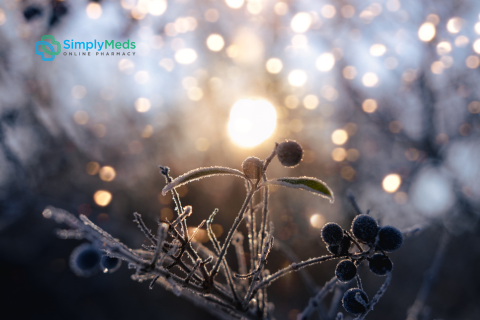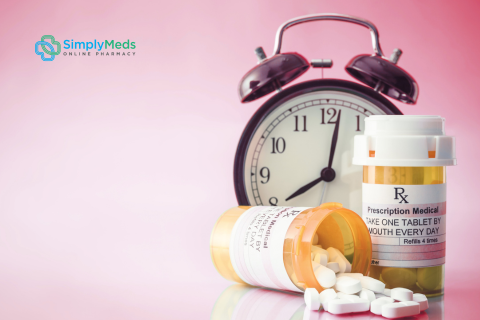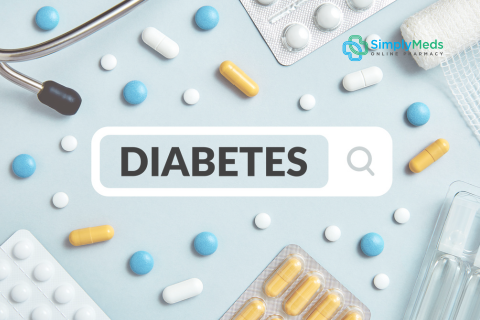Acne is a very common, often long-term skin condition. Areas of acne usually have oily skin, whiteheads, blackheads, and inflamed spots. The most common areas affected are the face and body particularly the back or chest. The condition is more commonly seen in teenagers and can be onset by puberty but it can also affect adults. Acne is most commonly seen in patients between the ages of 12 to 30. Causes of Acne Oil (Sebum) is released from sebaceous glands near the hair follicles to keep the skin lubricated. Sebum release is controlled by the hormone testosterone in both men and women and when sebum is produced in excess, it along with dead skin cells can block the hair follicles. This causes the symptoms of acne. This process can aggravate the bacterium P. acnes that is found on the skin, causing the follicles to become infected and resulting in inflamed skin. Acne can run in families and hormonal changes during menstrual cycles or pregnancy can cause acne in women. How can Acne be controlled? Cleaning the skin twice a day with mild, pH-balanced cleaners rather than soap can reduce the amount of inflammation experienced with acne. Scratching and squeezing spots and blackheads can make them worse so to avoid permanent scarring, these should be avoided. Different types of acne spots? Whiteheads: firm spots, hard to squeeze Blackheads: black spots, commonly thought of as filled with dirt however they get their colour from pigmentation of the hair follicle’s inner lining instead. Pustules: small, red spots that feel sore Papules: red spots with a white centre caused by a build-up of pus Nodules: painful, large hard spots under the skin Cysts: large, pus-filled bumps that can cause scarring often requiring treatment with antibiotics. Acne Treatments Unfortunately, acne cannot be cured however its symptoms can be controlled. Topical treatments include peeling agents like Benzoyl Peroxide products (Panoxyl, Acnecide), Topical Retinoids (Tretinoin, Isotretinoin, Adapalene) and treatments with multiple active ingredients (Zineryt, Epiduo, Duac). These medications work by reducing skin inflammation, reducing the amount of existing spots and blackheads, and killing bacteria. Severe acne can also be treated with antibiotics. Like the topical treatments, it can take up to eight weeks to see the results of the treatment. Differin (Adapalene) 0.1% Gel/Cream Differin is a topical Acne treatment available as a gel or cream and is used to treat moderate to severe acne. Its active ingredient is Adapalene 0.1%, which belongs to a group of medicines called retinoids (other retinoids include tretinoin and isotretinoin). Retinoids help to reduce inflammation; they are also effective in reducing black and white head spot formation on the top layer of the skin. Lymecycline Lymecycline or its branded version, Tetralysal 300 (made by Galderma), is an oral tetracycline-type antibiotic used to treat acne. It is also used to treat skin, mouth, urine and chest infection. It’s particularly useful in treating inflamed skin infections caused by bacteria. Lymecycline capsules do not contain penicillin and are not related to penicillin in any way. Essentially, lymecycline (dose 408mg) works by reducing the bacteria’s ability to multiply and without growth the bacteria eventually die. As a result, there is a marked reduction in skin inflammation and redness, as well as a reduction in spots. Lymecycline capsules are suitable for treating mild to moderate acne where there is an active infection and visible inflammation. They also help with other types of acne (cystic, acne rosacea and hormone related acne). Epiduo (0.1%/2.5%) Gel for Acne Epiduo is a topical skin gel containing Adapalene 0.1% (a retinoid) and Benzoyl Peroxide 2.5% (a peeling agent). It is used as an effective treatment for moderate to severe acne. Both of its active ingredients are effective at treating different parts of the symptoms that occur in acne. Retinoids have very good anti-inflammatory properties but are also effective in unblocking pores. Benzoyl peroxide is a proven antibacterial as well as being effective in reducing the amount of sebum the skin secretes (often a factor in causing inflammation around spots). It also softens and peels the outer layer of skin. Explore more creams and ointments.
Learn More...- Shop/Treatments
- Prescription Treatments
-
- View All Treatments

-
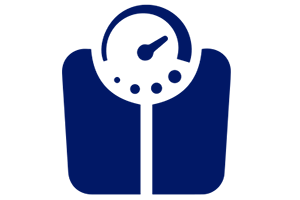
-
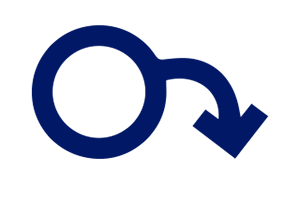
-
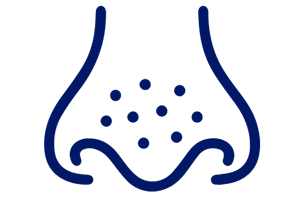
-
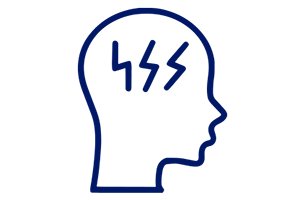
-
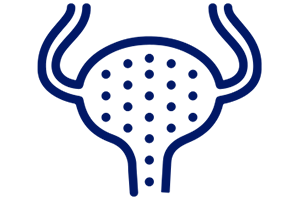
-
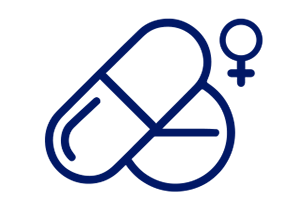
-
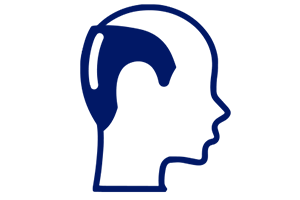
-
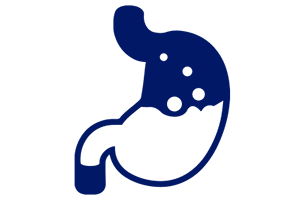
-
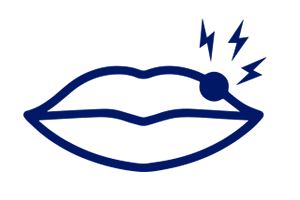
-
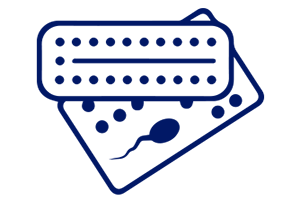
-
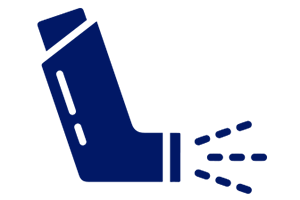
-
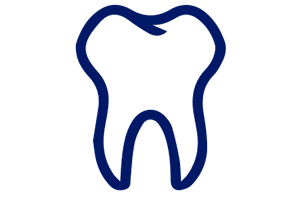
-
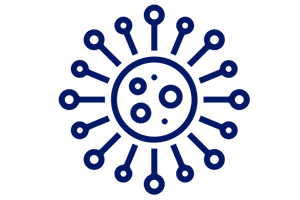
-
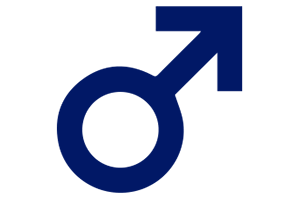
-
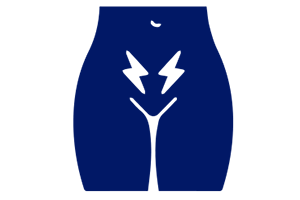
-
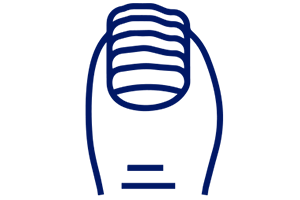
-
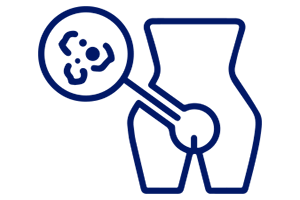
-
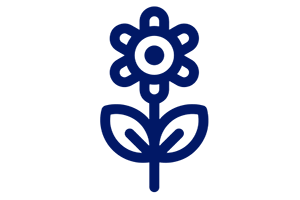
-
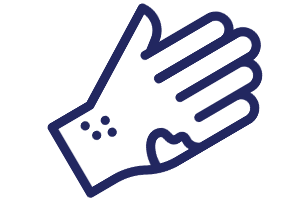
-
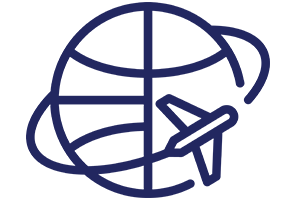
-
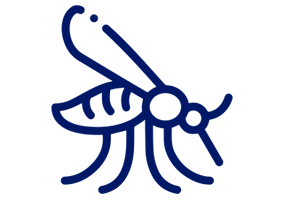
-
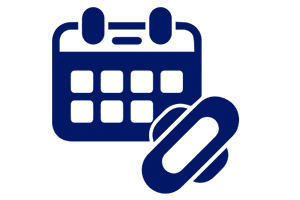
-
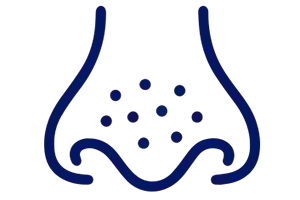
-
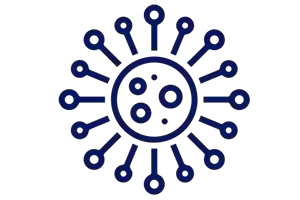
-
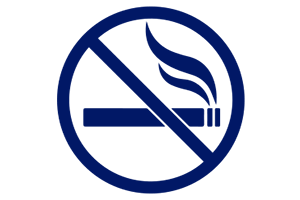
-
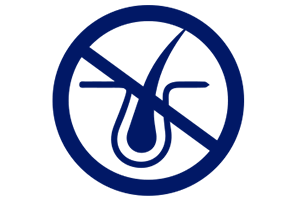
-
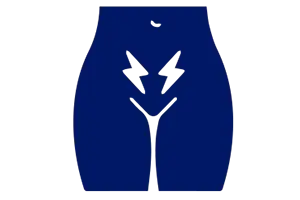
-
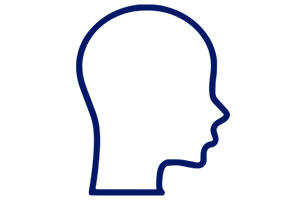
-
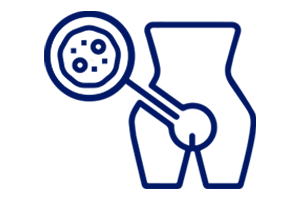
-
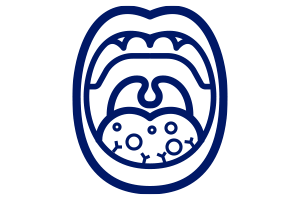
-
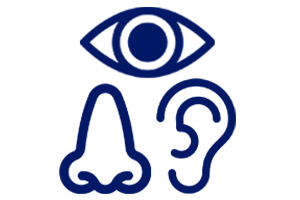
-
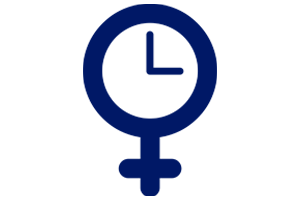
- View All Treatments

- View All Treatments
-
- Pharmacy Shop
-
- View All Treatments

-
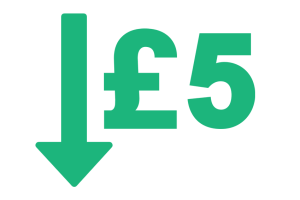
-
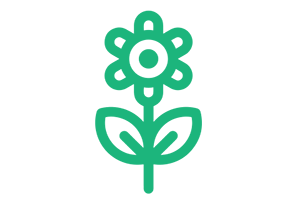
-
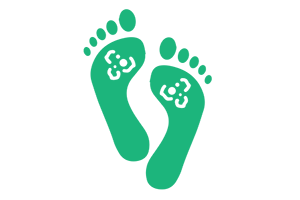
-
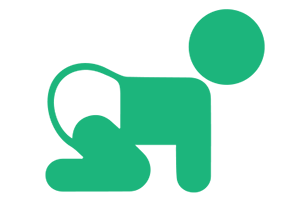
-
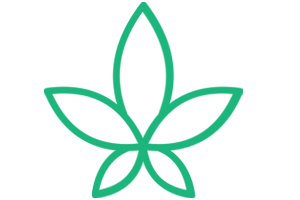
-
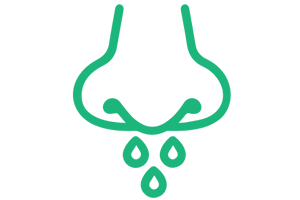
-
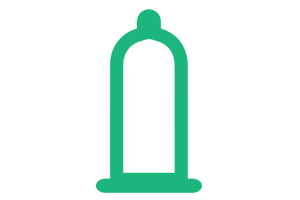
-
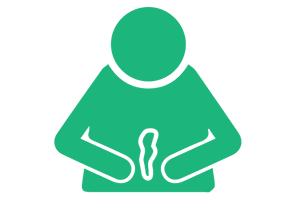
-
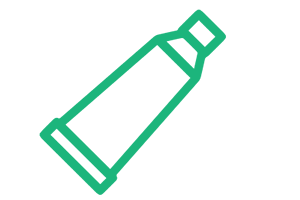
-
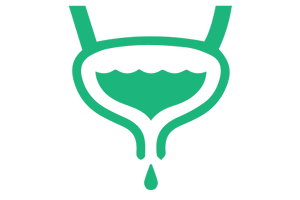
-
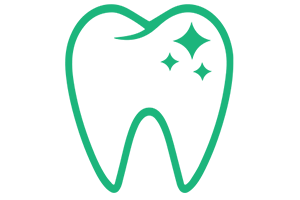
-
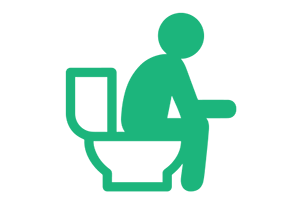
-
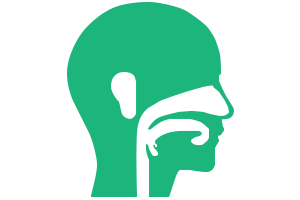
-
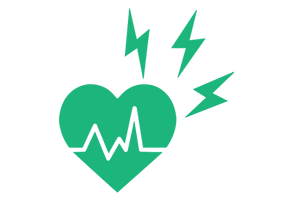
-
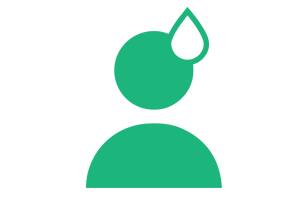
-
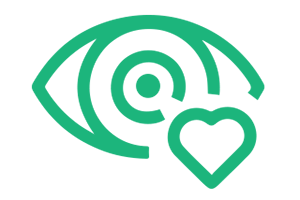
-
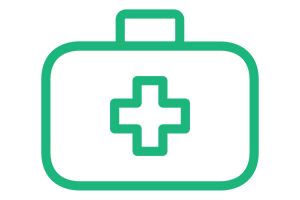
-
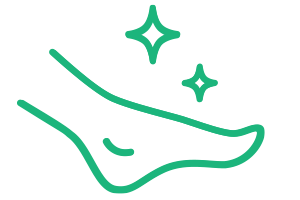
-
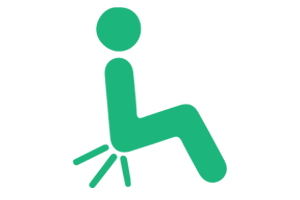
-
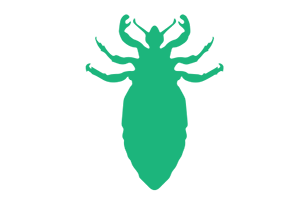
-
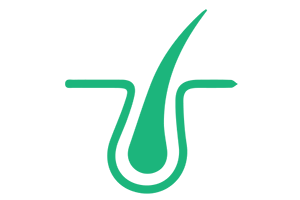
-
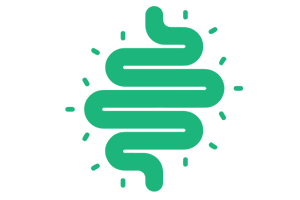
-
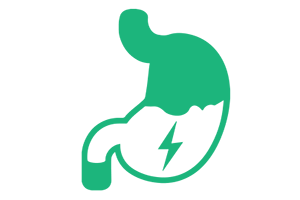
-
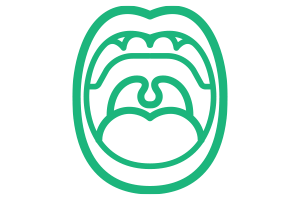
-
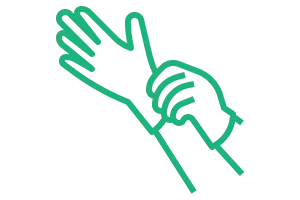
-
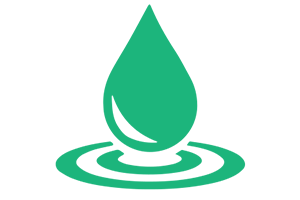
-
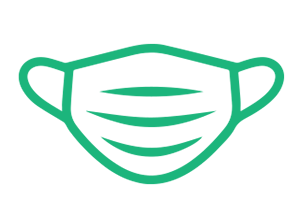
-
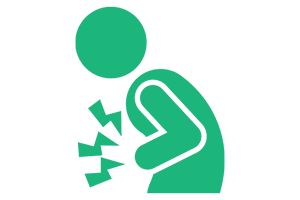
-
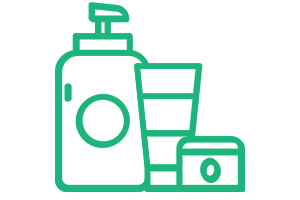
-
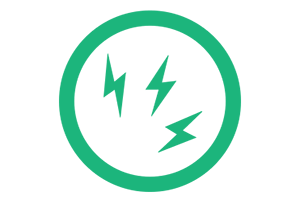
-
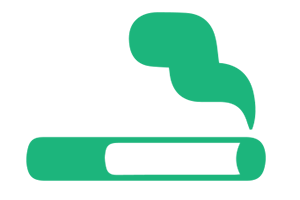
-
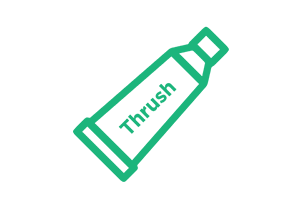
-

-
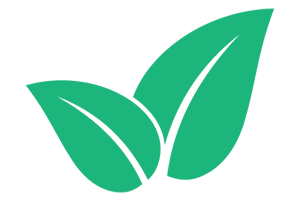
-
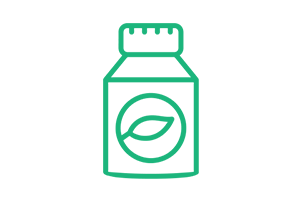
-
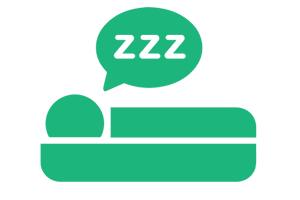
-
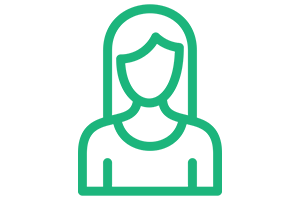
-

-

-
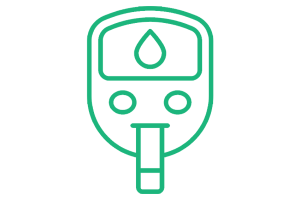
-
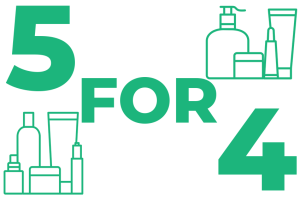
-
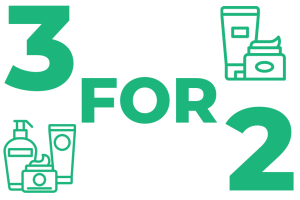
-
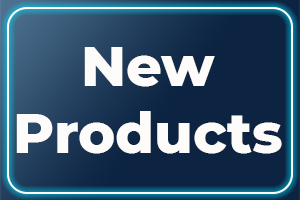
-
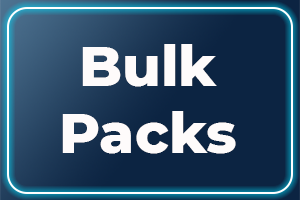
-
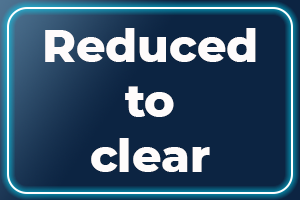
- View All Treatments

- View All Treatments
-
- Emergency Medications
- Premium Supplements
- Prescription Treatments

 Account
Account
